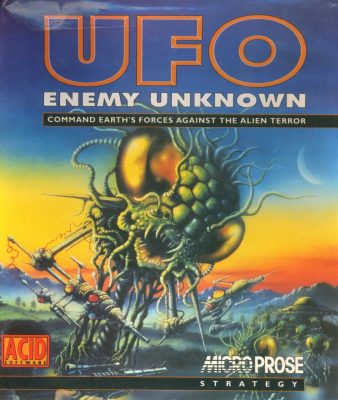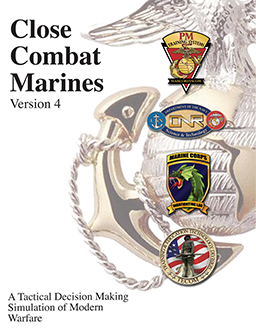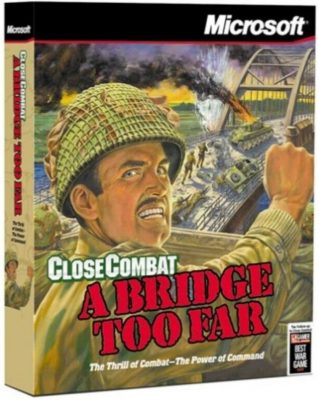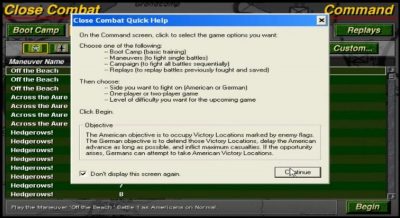X-COM Franchise Retrospective (Part One)
By Patrick S. Baker

The mid-1990s was the Axial Age for personal computer games. Titles like Civilization, Steel Panthers, Panzer General and X-COM: UFO Defense (known outside North America, as UFO: Enemy Unknown) were released with staggering success. These seminal games essential created a whole entertainment genre of PC strategy games.
Perhaps the most important of all these was the first X-COM game. X-COM: UFO Defense is still considered to be one of the most influential games ever made. Further, some have argued that X-COM is not just a franchise, but is actually its own genre. In short, to say “X-COM game” is to define a game type, like “first person shooter” or “real-time strategy game”.
The first X-COM game was created by the Gollop brothers, Julian and Nick, under the auspices of the game design studio they founded, Mythos Games, in partnership with game publisher, MircoProse. Julian had been developing games since the early 1980s, two of his earlier games are direct precursors to X-COM.

 By Patrick S. Baker
By Patrick S. Baker Patrick S. Baker
Patrick S. Baker